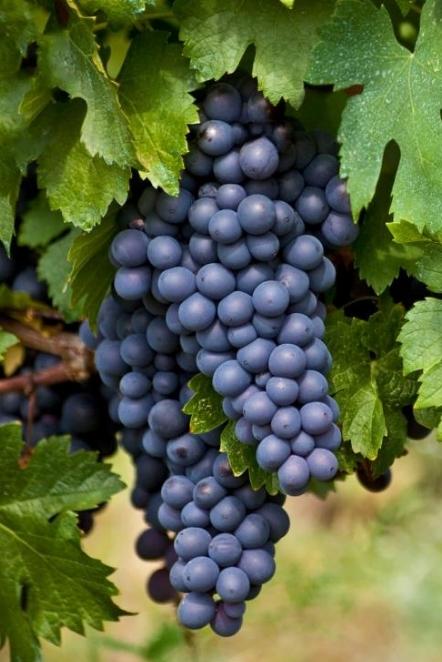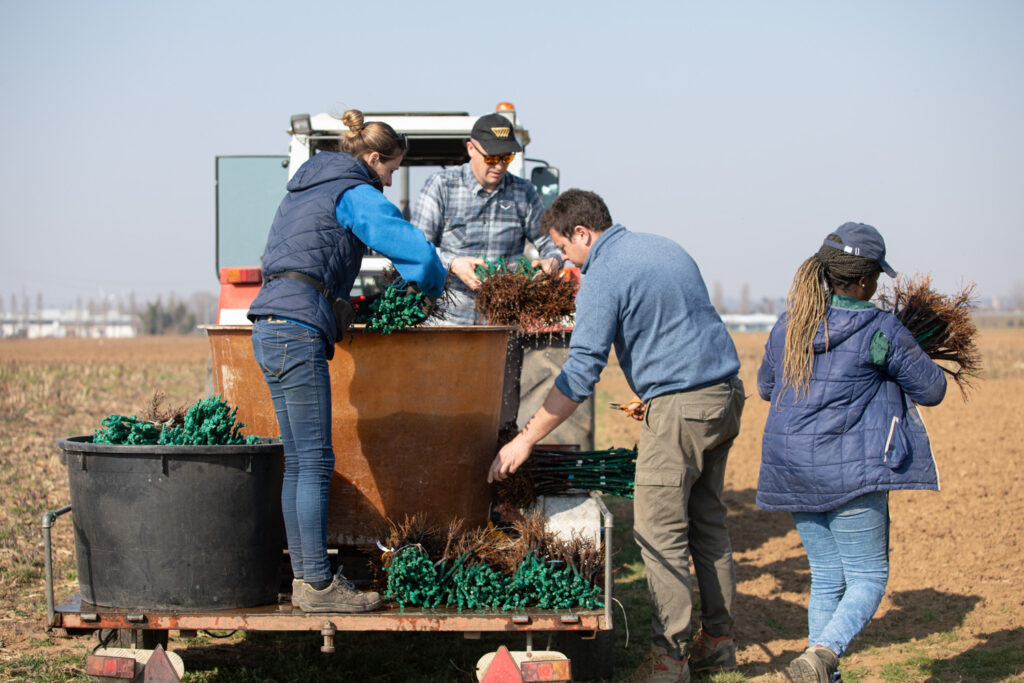Refosco nostrano
(sin. REFOSCO DI FAEDIS)
Ancient Friulian vine, present in the past throughout the region, then slowly perched on the hills of eastern Friuli. It is currently grown mainly in the municipalities of Faedis, Povoletto and Nimis.


You are an ancient prince
loved and respected.
You know you are a protagonist
but you don't get lost
in vain speeches
and show up immediately
for what you are:
decided
vigorous
powerful.
- Translation from Oscar Della Maestra -
About
Ancient Friulian vine, present in the past throughout the region, then slowly perched on the hills of eastern Friuli. It is currently grown mainly in the municipalities of Faedis, Povoletto and Nimis. In the National Register of Vine Varieties, Refoscone is erroneously reported as a synonym for Refosco nostrano (syn. Refosco di Faedis); in the Nimis area, Refoscone is synonymous with Berzamino, and there was probably a false history in attributing the same synonym to the di Refosco di Faedis.
Refosco Nostrano is one of the three founding varieties of the autochthonous germplasm of Friuli Venezia Giulia, and has a first degree relationship with many representatives of the Refoschi family (Berzamino, Tazzelenghe, Refosco di Rauscedo and Refosco Bianco), and with the Coneute and the Polposa (minor native varieties of Friuli). Furthermore, we can hypothesize a parent who would make him a half-brother not only of Refosco dal Peduncolo Rosso but also of other unsuspected varieties, such as Nebbiolo, Teroldego and Marzemino.
Refosco di Faedis wines have a medium color intensity, with intense red tones and purple hues that tend to become garnet with aging. On the nose it offers a bouquet of sensations ranging from floral (violet, cyclamen and dog rose) to fruity (blackberry and small berries). With aging, spices and in particular coffee emerge. The taste of the wine is dry, quite warm in the mouth and savory; it stands out for its verticality and freshness accompanied by an important structure that makes aging in wood almost mandatory. With moderate aging, the acidity / tannin synergy is attenuated, making the wines softer when tasted.
Dott. Paolo Sivilotti
Listen now
Music composed and performed by Claudio Filippini - piano
inspired by the original poems of Oscar Della Maestra
Discover the next biotype or...
...scan the next QR code!

